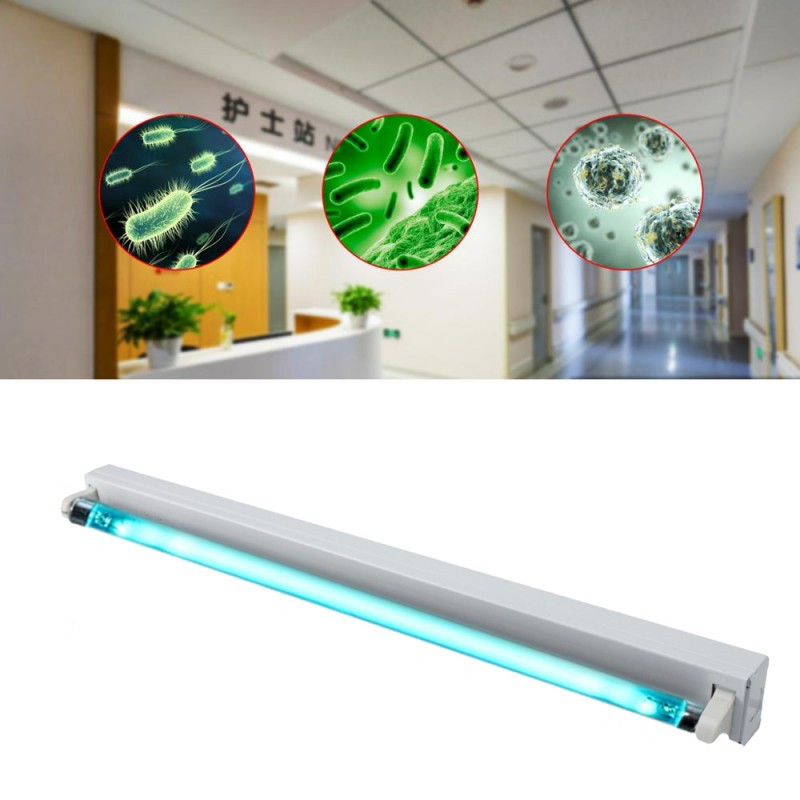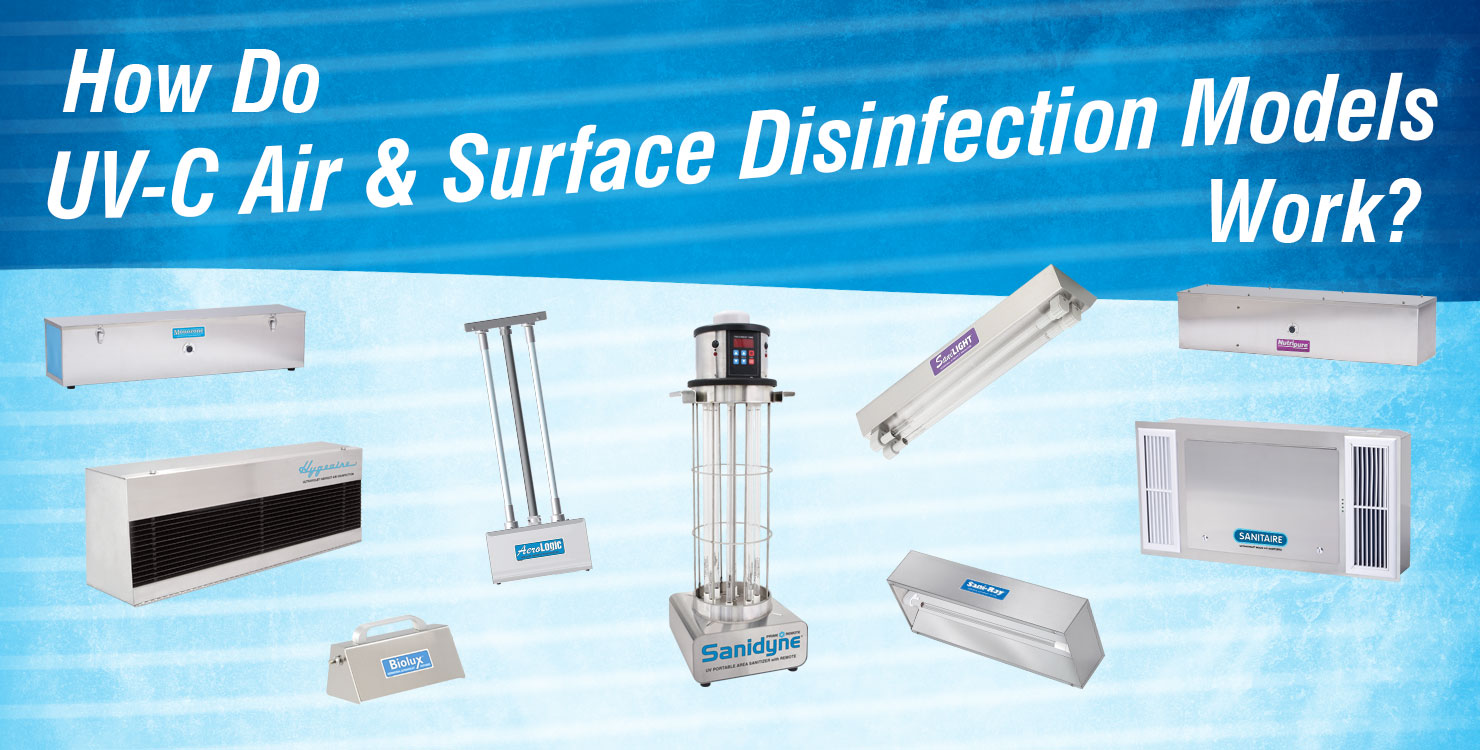Exploring UV Disinfection: An Essential Device in the Battle Versus Dangerous Pathogens
As the globe faces an ever-increasing hazard from hazardous virus, the search for effective techniques of sanitation has actually ended up being an immediate top priority. One such method that has actually amassed significant interest is UV sanitation. In this discussion, we will certainly delve right into the globe of UV sanitation, uncovering its possible as a necessary device in the fight versus hazardous microorganisms.
How Does UV Sanitation Job?
UV sanitation functions by utilizing ultraviolet (UV) light to get rid of unsafe microorganisms and prevent their spread. This extremely efficient approach entails making use of UV radiation to disrupt the DNA and RNA of microorganisms, making them not able to duplicate and creating their best destruction.
When UV light is used for disinfection, it is usually given off from a lamp or light bulb that generates a specific wavelength of UV-C light. uv surface disinfection. This wavelength, ranging from 200 to 280 nanometers, is particularly effective at permeating the outer cell wall of bacteria, viruses, and other microorganisms. Once inside the cell, the UV radiation targets and damages the genetic material, stopping the bacterium from creating and duplicating infection
UV sanitation systems are created to emit the appropriate strength and period of UV light to make sure reliable virus elimination. The dosage of UV light required for disinfection depends on factors such as the sort of microbe, its resistance to UV radiation, and the certain application. Furthermore, the system has to be carefully engineered to make sure correct direct exposure of the target microorganisms and to stay clear of any potential injury to people or the atmosphere.
The Advantages of UV Disinfection
UV sanitation offers a plethora of benefits in properly removing damaging virus and minimizing the risk of infection. Unlike standard sanitation methods that rely on chemicals, UV disinfection uses ultraviolet light to damage the DNA and RNA of microorganisms, rendering them not able to duplicate and cause infections.
An additional substantial benefit of UV disinfection is its effectiveness in eliminating a wide range of microorganisms. UV light has actually been confirmed to efficiently remove bacteria, viruses, fungi, and protozoa, consisting of those that are immune to traditional disinfectants. This broad-spectrum efficiency makes UV sanitation a versatile tool in different setups, such as health care centers, water therapy plants, and food processing markets.
Along with its efficiency, UV sanitation likewise uses fast disinfection cycles. Unlike other methods that require extended contact times or recurring applications, UV sanitation can attain considerable microorganism reduction in a matter of secs. This efficient and fast procedure permits improved productivity, reduced downtime, and raised total functional effectiveness.
Moreover, UV disinfection is a non-contact method, which means that it does not require straight physical call with the surfaces or objects being decontaminated. This attribute makes it appropriate for use on delicate equipment and sensitive materials that may be damaged or affected by other disinfection approaches.
Applications of UV Sanitation in Medical Care

UV disinfection is also utilized in the sanitation of clinical equipment and tools. Furthermore, UV disinfection is made use of in water treatment systems see page within healthcare centers.
In addition, UV disinfection read this post here innovation is employed in the disinfection of health care uniforms and personal protective equipment (PPE) By utilizing UV light, health care professionals can make sure that their uniforms and PPE are totally free from pathogens, preventing the transmission of infections in between patients and healthcare employees.
UV Sanitation in Public Spaces
Public areas are increasingly carrying out UV sanitation modern technology as a critical action to battle the spread of dangerous pathogens. With the continuous global pandemic and the constant risk of contagious diseases, the demand for reliable sanitation techniques in public areas has actually ended up being critical. UV disinfection provides a efficient and reputable service hereof.

UV disinfection systems make use of ultraviolet light to shut down the DNA and RNA of microorganisms, infections, and various other virus. The usage of UV disinfection innovation in public areas not only assists in decreasing the danger of infection however additionally instills confidence among the public concerning their safety and security.
As public rooms remain to adapt to the difficulties postured by infectious illness, UV disinfection modern technology plays an essential function in making sure a clean and secure atmosphere. By applying such procedures, public rooms can effectively alleviate the spread of hazardous microorganisms and add to the general wellness of the community.
The Future of UV Disinfection Technology
As the need for boosted disinfection techniques remains to expand in action to the ongoing worldwide pandemic and the consistent threat of contagious illness, the future of UV sanitation innovation holds appealing developments in making certain also extra reliable and effective virus removal in different setups.

One location of advancement is the development of more mobile and portable UV disinfection devices. These devices would enable less complicated and much more versatile implementation in a selection of setups, such as offices, colleges, and transport systems. Additionally, improvements in automation and robotics are being discovered to enhance the effectiveness and performance of UV sanitation procedures. This consists of the use of independent robotics outfitted with UV-C lights to browse and decontaminate huge locations quickly and accurately.
Another area of expedition is using UV disinfection in air purification systems. By integrating UV-C lights into heating and cooling systems, air-borne pathogens can be successfully reduced the effects of, reducing the danger of transmission in interior environments.
Moreover, scientists are examining making use of UV disinfection in food processing facilities to make certain the safety and top quality of food items. UV-C light has been discovered to be reliable in eliminating foodborne pathogens, using a chemical-free alternative to conventional sanitation approaches.
Conclusion
In final thought, UV disinfection is a vital device in the get more fight against harmful pathogens. With its capacity to provide a environmentally pleasant and chemical-free technique of disinfection, UV technology holds excellent prospective for the future.
UV disinfection systems are designed to produce the appropriate intensity and period of UV light to ensure efficient microorganism elimination. The dose of UV light needed for sanitation depends on variables such as the type of microorganism, its resistance to UV radiation, and the particular application. Unlike conventional disinfection approaches that depend on chemicals, UV disinfection utilizes ultraviolet light to damage the DNA and RNA of microbes, rendering them incapable to replicate and cause infections.In addition to its efficiency, UV sanitation also uses rapid sanitation cycles. One of the primary applications of UV disinfection in medical care is in the disinfection of person spaces and running movie theaters.